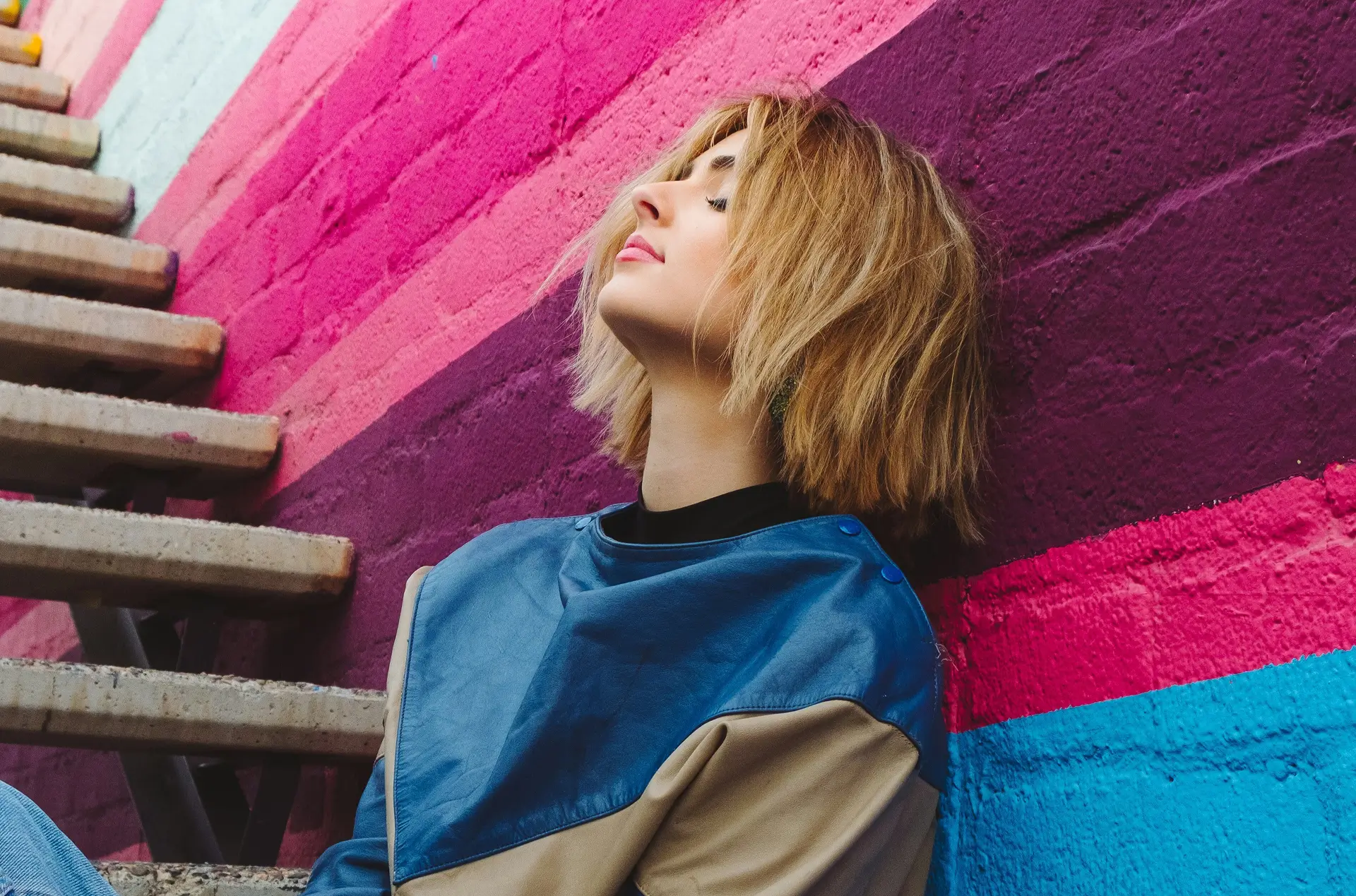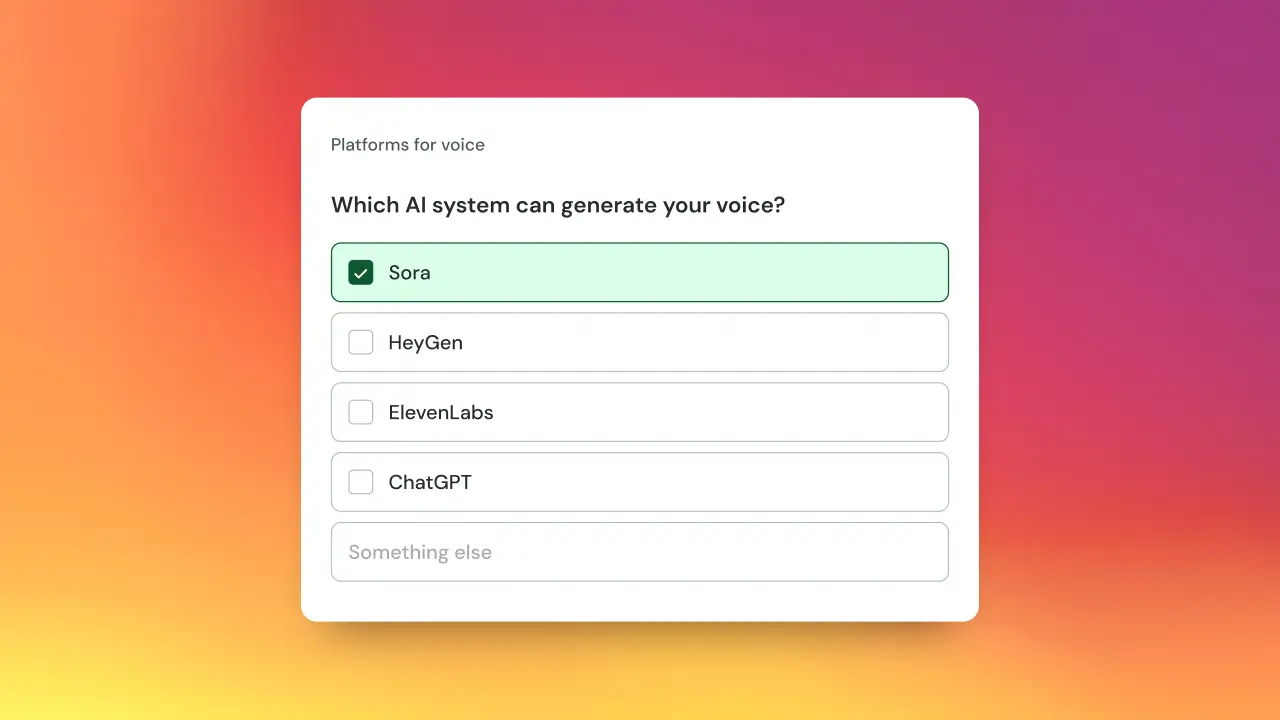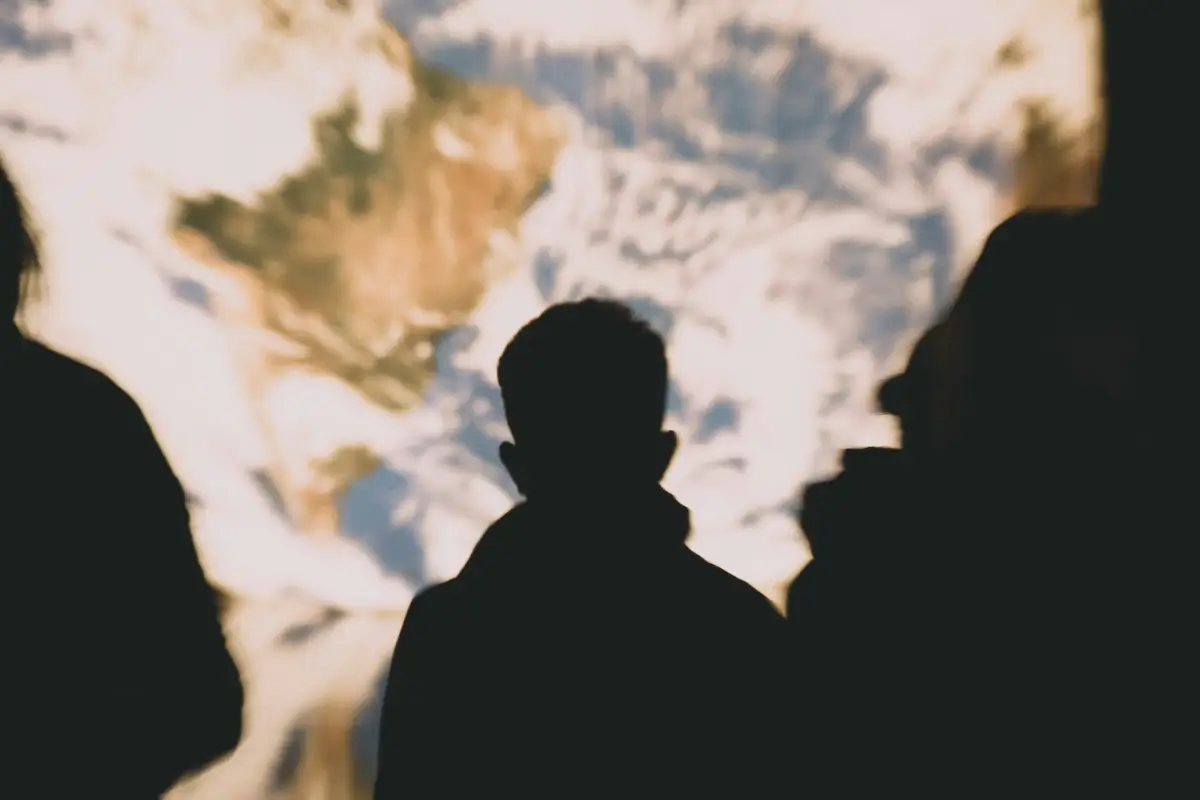The evolving AI landscape is reshaping how we think about influence, creativity and online talent. Social media is no longer just human creators. There has been a recent increase in AI influencers, and they are already shaping the online space. For some, it's an exciting glimpse into the future of content creation, but for others, it raises questions about authenticity, originality, and what this means for human creators.
An AI influencer is a digital persona powered by artificial intelligence that interacts with audiences on social media or other digital platforms in a similar way to that of human influencers. One of the most well-known examples is Lil Miquela, an LA-based virtual influencer who has partnered with global fashion brands like Prada and Calvin Klein. She has become a case study in how digital personas can operate like a celebrity without physically existing.
At the same time, we’re seeing real-world talent license their likeness and IP into AI, creating synthetic versions of themselves. For example, in 2019, David Beckham used deepfake technology to speak nine languages in a malaria awareness campaign where his voice and likeness were digitally recreated with his consent. Even celebrities like Tom Hanks and Bruce Willis have explored licensing their digital likenesses for future opportunities, ensuring their images can generate value even when they're not on set.
How brands can use AI influencers and collaborate with talent
For brands, AI influencers offer a creative new storytelling tool. With the ability to dictate how a digital persona looks, speaks and even behaves, brands can design an AI influencer that perfectly aligns with their tone, values and campaign goals. These digital personas can exist across multiple marketing channels and even languages, all at the same time.
But the most exciting opportunities lie in hybrid collaborations, where brands work with human influencers to create digital versions of themselves. These 'digital twins' let brands maintain the benefits of AI, such as speed, creativity, and flexibility, but also the trust and emotional connection that real talent offers. Instead of building a fictional persona from scratch, brands can engage a real person with an existing audience, a familiar face, and an authentic voice. This licensing should follow clear consent rules, allowing creators to control how their digital selves are used and boosting credibility from the start.
How AI can be a monetisation opportunity for talent, not a threat
For talent, the rise of AI influencers don’t have to be seen as a competition. While they do introduce a new form of online presence, they also highlight a new way for talent to monetise their own IP by licensing their likeness, voice or persona. Talent can use the same generative AI tools to create their own ‘digital twin’, which can work alongside them.
Through ‘digital twins’, talent can appear in campaigns and generate income without ever physically being there in person, for example, allowing their voice to narrate branded videos or their face appear in campaigns all created with AI tools. It’s a way for creators to scale their presence, visibility and earning while still retaining creative control. However, talent needs to ensure their IP is securely stored and protected with clear boundaries on how, when and where their digital self can be used.
Looking ahead
AI influencers are here to stay, and they’re gaining more popularity. But rather than replacing human talent, they highlight a new way for talent to work with generative AI tools, and further opportunity for brand-talent collaboration. Brands have access to smarter storytelling and wider reach, and talent unlock a new way to monetise their likeness and IP.
At TrueRights, we believe the rise of AI in the creator economy is a turning point for the industry, and it should be led by talent. If AI is going to redefine influence, then creators should be the ones shaping that future, with legal protection, ownership, and the ability to monetise their likeness on their own terms.





